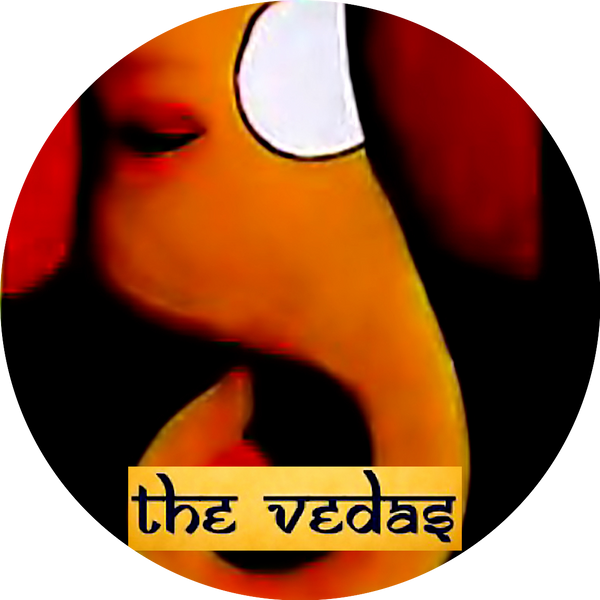

A humble fabric that went from an economic wardrobe choice to a sartorial symbol of India’s freedom struggle, Khadi has come a long way when it comes to evolving with the times. Literally speaking, the word Khadi is derived from the term ‘khaddar’, as the handspun fabric was called in the Indian subcontinent. Its roots can be traced back to the Indus Valley Civilisation, which left behind archaeological evidence, such as terracotta spindles for spinning, bone tools that are usually used for weaving and figurines wearing woven fabrics.

The Fabric That Freed The Nation
It was, however, during India’s independence struggle that Khadi really took the nation by storm. During the late 1600s and 1700s, the French and English brought with them a sea of low-cost fabrics manufactured in European mills. Additionally, Mumbai, or Bombay, as it was called back then, as well as Ahmedabad, saw the introduction of textile mills. This collectively resulted in a sharp decline in the demand for handcrafted fabrics like Khadi, leaving countless weavers across the country without a source of livelihood.

The Fabric of Freedom
Although the weaving of handspun and handwoven fabric has existed for centuries, Khadi was brought to the attention of the world as a symbol of resistance advocated by Mahatma Gandhi during India’s freedom struggle against the British empire. During the colonial period, the British took cotton grown in India to England, processed it in British mills, and then sold it back as cloth to the Indian people at exorbitant prices. In protest, Gandhi urged all Indians to spin and weave their own yarn in order to break the British monopolies and be self-reliant. The fabric has come to symbolise freedom, resistance, self-reliance and equality, and the process works to preserve traditional handicraft, a core concept of Veda's business.


